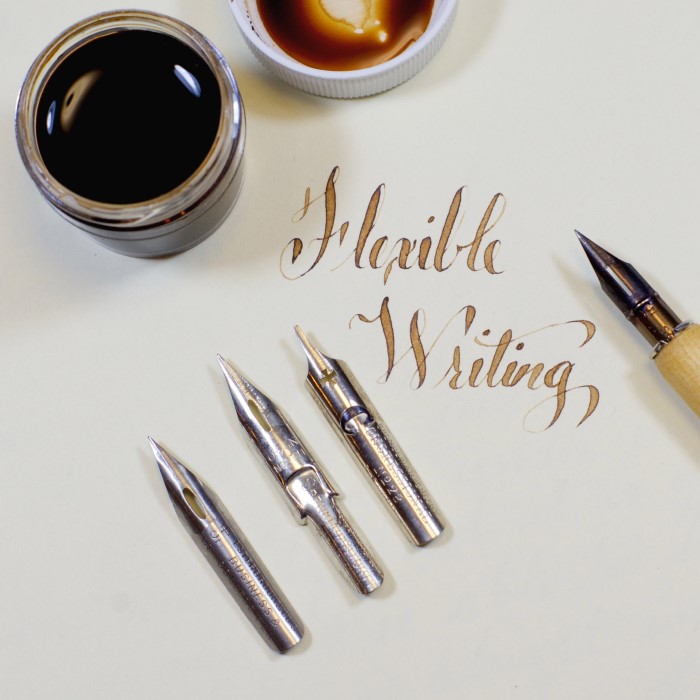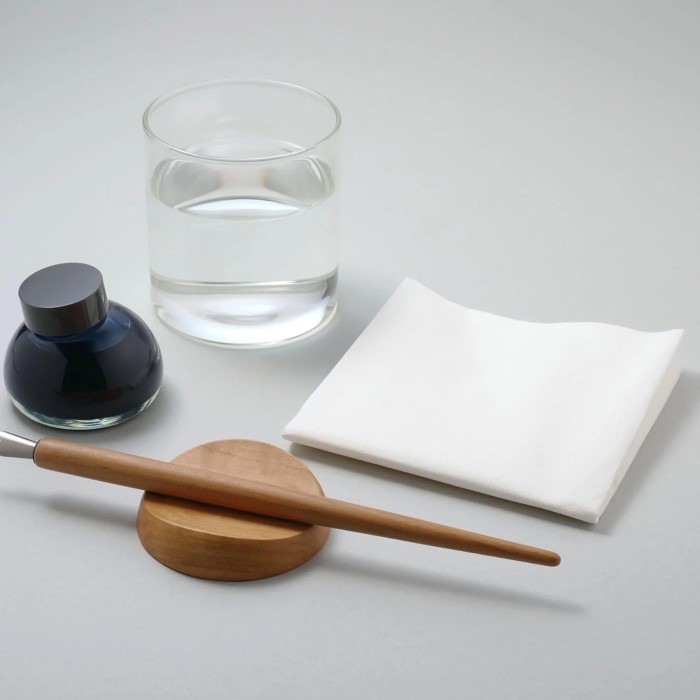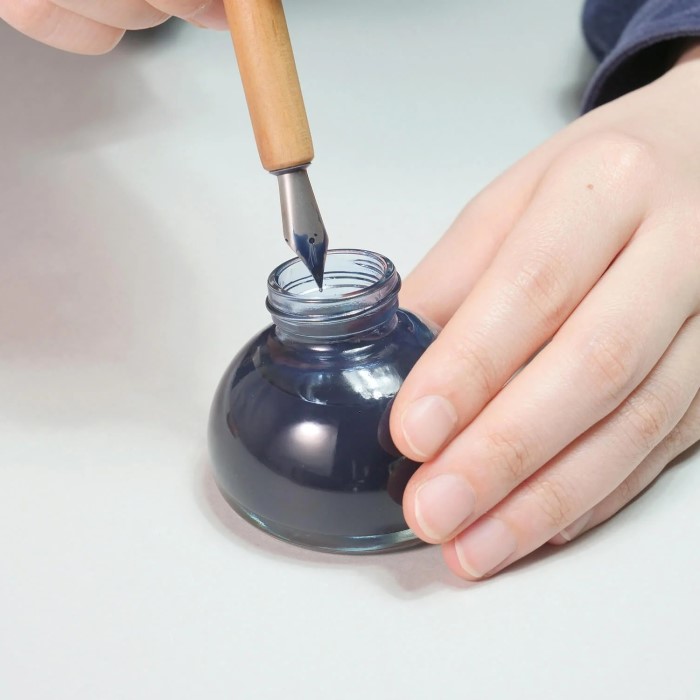Introduction: The Allure of Dip Pens
In an age dominated by technology, the art of traditional writing tools, particularly the dip pen, has seen a resurgence in interest. Whether you’re a writer, artist, or simply someone who enjoys the tactile experience of writing, learning how to use a dip pen can enhance your creativity and bring a unique flair to your work. The dip pen, with its elegant design and ability to create beautiful strokes, allows for a personal touch that digital options often lack. In this comprehensive guide, we will explore everything from the basics of dip pens to advanced techniques that can transform your writing and artistic endeavors. Let’s embark on a journey to unlock your creativity with this classic writing tool!

Understanding the Anatomy of a Dip Pen
Before mastering the art of writing with a dip pen, understanding its components is essential. Each part of the dip pen plays a crucial role in your writing experience.
Key Components
Nib
- Definition and Purpose: The nib is the pointed writing tip of a dip pen. It is the critical part that interacts with the paper to create lines and strokes. The shape and size of the nib directly impact the quality of your writing.
- Variety of Shapes and Sizes: Nibs come in a wide range of shapes and sizes, including fine, medium, and broad options. This variety allows you to choose the best nib for your specific writing style and artistic needs.
- Importance of Selection: Selecting the right nib is crucial for achieving your desired results. The nib influences the thickness of the lines you create, the style of your writing, and the variation in line thickness that adds character to your work.
- Recommended Nibs for Beginners: For those just starting, a medium or broad nib is often the best choice. These nibs provide versatility, allowing you to experiment with different writing styles while maintaining ease of use.
Pen Holder
- Functionality and Design: The pen holder is the component that houses the nib and provides a comfortable grip when writing. Its design is essential for ensuring a pleasant writing experience.
- Material Options: Pen holders are available in various materials, including wood, plastic, and metal. Each material offers unique characteristics—wood has a traditional feel, while plastic can be lightweight and colorful, and metal offers durability.
- Impact on Comfort: The design and weight of the pen holder significantly influence how comfortable it feels during prolonged writing sessions. A well-balanced holder that fits comfortably in your hand allows for better control and less fatigue.
- Choosing the Right Holder: When selecting a pen holder, consider your personal preferences regarding weight, grip texture, and design. Trying out different styles can help you find the holder that feels best for your writing style.
Ink Reservoir
- Functionality in Dip Pens: Unlike fountain pens, dip pens do not self-load ink. Instead, you must manually fill the nib with ink for each writing session. This process involves dipping the nib into an ink source and allows for a more hands-on experience.
- Authenticity of Writing Experience: This manual dipping adds an authentic touch to your writing. You can control the amount of ink on the nib, which gives you more freedom to create varied effects and styles in your writing.
- Choosing Your Ink: With dip pens, you have the flexibility to experiment with different types of ink. Whether you prefer traditional black ink, vibrant colored inks, or even metallic options, the choice is yours, and it can greatly affect the final outcome of your work.
- Maintaining the Nib: After using the dip pen, it’s essential to clean the nib to prevent ink residue from clogging it. Regular maintenance ensures that your nib lasts longer and continues to perform at its best.
Preparing Your Workspace
Creating an ideal workspace is vital for a seamless writing experience with a dip pen.
Setting Up Your Materials
- Select Your Ink: Choose high-quality ink suited for dip pens. Options include India ink, calligraphy ink, or pigment-based inks. Ensure the ink flows smoothly and is not too watery to prevent bleeding through the paper.
- Pick the Right Paper: Use smooth paper specifically designed for ink, such as calligraphy paper, watercolor paper, or thicker stationery. The right paper will help prevent ink from feathering and provide a crisp writing finish.
- Organize Your Workspace: Arrange all materials neatly on your desk. Keep your dip pen, ink, paper, and other tools within easy reach to create an organized environment conducive to creativity.
How to Use a Dip Pen: Step-by-Step Guide
How to use a dip pen? Now that your workspace is prepared, let’s walk through the process of using a dip pen effectively.
Assemble the Dip Pen
- Insert the Nib: Carefully insert the nib into the pen holder. Make sure it fits snugly and securely to prevent it from coming loose while you write.
- Choose the Right Nib Size: Different projects may require different nib sizes. For delicate writing, opt for a fine nib, while broader strokes will be achieved with a medium or broad nib.
Prepare the Ink
- Select Your Ink: Pour a small amount of ink into a shallow dish or ink well. This will allow you to dip your nib easily without the risk of spilling.
- Dipping Technique: Dip the nib into the ink, covering only the tip. You should not submerge the nib completely to avoid excessive ink, which could lead to blobbing or bleeding on the paper.
Start Writing
- Begin on Scrap Paper: Test your nib and ink flow on a piece of scrap paper first. This will help you get used to the nib’s responsiveness and the ink’s flow.
- Writing Motion: Hold the dip pen at about a 45-degree angle. Apply smooth, even pressure as you write. Allow the nib to glide over the paper, using wrist and arm movements rather than just finger motions for better control.
Advanced Writing Techniques
Once you’ve mastered the basics of using a dip pen, consider exploring advanced techniques to enhance your writing and artistry.
Experiment with Different Strokes
- Line Variation: Practice varying the pressure on the pen to create thick and thin lines. This technique adds depth and character to your writing, making it visually appealing.
- Flourishes and Decorative Elements: Add swirls, loops, or other decorative flourishes to your writing. These embellishments not only beautify your work but also showcase your unique style.
Blend with Other Media
- Mixed Media Projects: Consider combining your dip pen creations with other art forms, such as watercolors or markers. This approach can yield vibrant and dynamic pieces, providing a mixed-media feel.
- Calligraphy Styles: Explore different calligraphy styles, such as Gothic, Italic, or Spencerian. Each of these styles offers a unique aesthetic and can be tailored to suit the purpose of your writing.
Common FAQs About Using a Dip Pen
To further assist you in your journey with dip pens, here are some frequently asked questions:
How far do you dip a dip pen?
You should dip the nib into the ink only about 1/4 inch deep, ensuring only the tip is covered. This will prevent excess ink from flooding onto the page while allowing for a smooth flow as you write.
How do dipping pens work?
Dipping pens operate by requiring the user to dip the nib into the ink manually. When you draw the pen across the paper, ink adheres to the nib, creating lines as the ink transfers onto the surface.
How to use a dip glass pen?
Using a dip glass pen is similar to using a traditional dip pen. Hold it comfortably, dip the nib into the ink, and write smoothly while allowing the ink to flow into your strokes.
Conclusion: Embrace the Art of Dip Pen Writing
In conclusion, learning how to use a dip pen is an enriching experience that allows you to tap into your creative potential. The unique feel of a dip pen, combined with the ability to customize your writing experience, makes it not only an artistic endeavor but also a therapeutic outlet.
As you practice, don’t be afraid to make mistakes; they are a part of the learning process. With time, patience, and creativity, you can develop your unique writing style and explore new artistic horizons. Embrace the tactile joy of writing with a dip pen, and allow your imagination to flow as freely as the ink! With every stroke you take, you’ll discover the beauty of handmade artistry and the joy it brings to your crafting journey.



